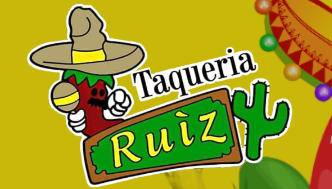A Spring into the Easter holidays
The colorful chocolate eggs are customary in celebrating Springtime faith.
March 1 may not seem like an auspicious date, but it is the day before a solemn season in the Christian calendar and it has gained some notoriety for its celebrations. We commonly refer to it as Mardi Gras, or Fat Tuesday.
Mardi Gras has become a carnival celebration that is about music, parades, picnics, and floats. It’s one big holiday, famously celebrated in New Orleans, Louisiana and Rio de Janeiro, Brazil, as well as other parts of the world.
People who attend the festivities usually wear costumes or at least dress in the official colors of purple, green, and gold. One of the goals in attending is to collect the long bead necklaces they catch that are thrown from floats. People who go to Mardi Gras celebrations every year know to bring a big bag to put any necklaces and other trinkets they catch from the floats in it. Parade goers will sit on the ground, throw balls, eat food, play music, and walk crowds walk by in between parades.
The name Mardi Gras is French for Fat Tuesday, which reflects the fact that they eat a lot of rich fatty foods. This is an important aspect of this holiday because it takes place the day before the Lenten season in which they fast. In some regions, instead of celebrating Mardi Gras on that day, they celebrate something called Shrove Tuesday, often eating lots of pancakes before going into the Lenten fast. It is derived from the word shrive meaning “To administer the sacrament of confession to absolve.”
This holiday was originally a festival to celebrate spring, but when the Christian celebration of Lent came into fashion, it became a precursor to that season. While it is technically one day, celebrants in New Orleans often consider Mardi Gras to stretch the entire period from Twelfth Night (which is January 6, or Epiphany) to Ash Wednesday, March 2. Others treat the final three-day period before Ash Wednesday as the Mardi Gras.
While Mardi Gras has grown in popularity around the world, many people fail to realize that it precedes the Christian holy day of Ash Wednesday, a day for prayer and fasting. Ash Wednesday falls on the first day of Lent. It is traditionally observed by Western Christians and is recognized by participants who attend church and receive a cross made from the ashes of palms from Palm Sunday, the Sunday before Easter, the year before. Those palms represent the journey that Jesus is said to have made to Jerusalem at the beginning of what the church calls Holy Week. The burnt palm ashes placed upon the forehead symbolizes humility and Ash Wednesday is the considered the beginning of Lent.
Lent is the six weeks leading up to Easter, and during that time members of the Anglican, Catholic and Episcopalian Churches often choose something to fast from as a sign of submission and obedience, which is why they have big celebrations the day before it starts. A fast may be something like food, or a special kind of food – chocolate, for instance. It may also be staying away from something like social media or bad language.
The holidays are supposed to be a sacrifice to honor the sacrifice of Jesus Christ. Because Easter falls on April 12 this year, Ash Wednesday will be on March 2 and Lent will be from March 2 through April 17.








